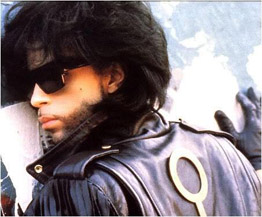|
|
Chapter TwoMore American Graffiti BridgeBy Brett Ballard-BeachSeptember 28, 2011
An unexpected foray into radical campus politics and police violence (via Laurie’s younger brother, who I presume is meant to fill the void of missing older brother Curt) acts as an unlikely marriage counselor of sorts, but the problem with this and the ’65 segment in Vietnam is that they never quite find the balance, in their limited time, between the comic and horrific. The Vietnam segment with bespectacled kinda nerd Terry (Charles Martin Smith, later of Never Cry Wolf and The Untouchables, and director of this week’s surprise hit Dolphin Tale) wants to be M*A*S*H-esque but lacks Altman’s touch for finding the absurdity and humanity in the middle of the blood. It is two strong performances that carry the film and help it keep a solid emotional core: those of LeMat and Candy Clark. Milner is a nice guy trapped in the body and profession of a meathead, but LeMat plays him as genuinely nice underneath an armor of cynicism, shrewd but not always the smartest guy in the room. The single best moment in the film is his blink-and-you-miss-it reunion with Carol (McKenzie Phillips) the pre-teen who crushed on him in the first film. Their tone and posture are far more telling than their words, and in the in-between spaces of silence and “what-ifs” that punctuate their brief dialogue, rests the more conventional plot path that the film opts to reject. Milner’s subplot this time around - falling in love as the day progresses with an Icelandic exchange student who speaks no English - is so creaky, not even a can of oil could sort it out, but LeMat never allows Milner to become the stereotypical racing lothario on the make. With his soft-spoken performance, LeMat mines all the humor he can from the role and in doing so, he allows us to laugh with but not at Milner. The realization that it is going to mean something that his character dies is both heartbreaking and cruel.
|

|
|
|

|
Friday, November 1, 2024
© 2024 Box Office Prophets, a division of One Of Us, Inc.


